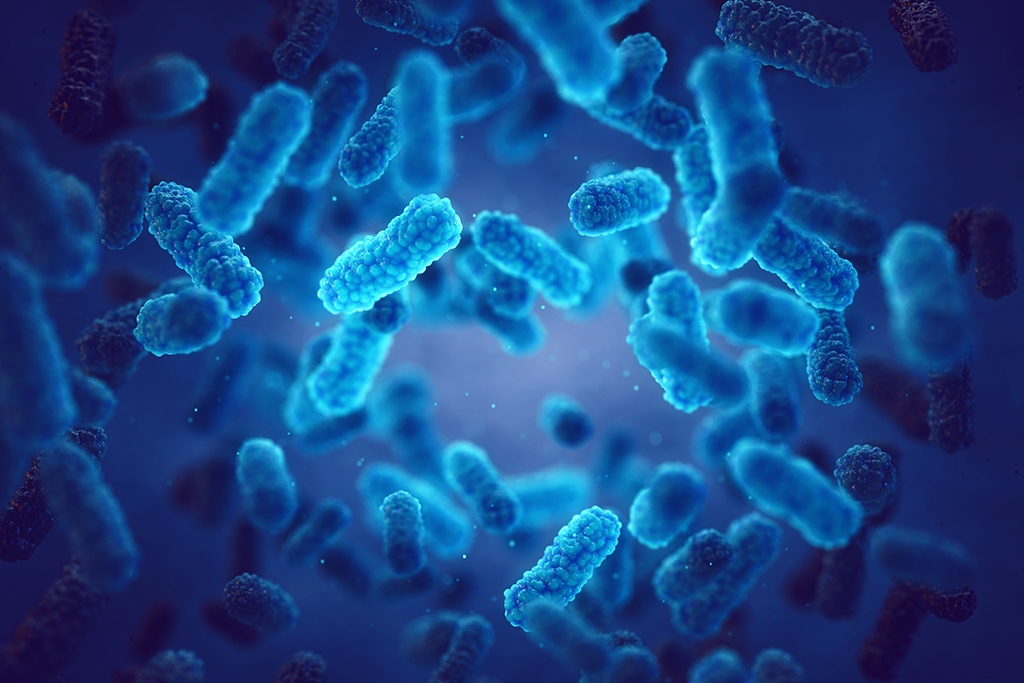Shedding light on bacterial filamentation
In a recent study a group led by SciLifeLab Fellow Kristina Jonas (Stockholm University) sheds light on the molecular mechanisms and ecological relevance behind filamentation in the freshwater bacterium, Caulobacter crescentus.
Bacteria are often depicted as rod or coccus shaped cells but come in a large variety of shapes and forms in nature. Many of them can also change their appearance drastically based on growth conditions in the environment. Caulobacter crescentus, a normally comma-shaped freshwater bacterium, can transform into long filamentous cells with a helical shape.
In a recent study, led by Kristina Jonas (ScilifeLab/Stockholm University), researchers investigated the molecular mechanisms behind this environmentally-induced cell filamentation and the conditions triggering it. The study was published in mBio.
The researchers demonstrated that a combination of three stresses, depletion of phosphate, alkaline pH, and an excess of ammonium, triggers a downregulation of most critical cell cycle regulators and a consequent block of DNA replication and cell division while cell growth and metabolism continue, which together leads to the morphological change.
Depletion of phosphate, alkaline pH, and an excess of ammonium are all common in the summer during algal bloom and usually occur close to the surface in freshwater lakes, suggesting that filamentous growth is triggered under certain conditions in Caulobacter’s natural habitat. Consistently, in a collaboration with Stefan Bertilsson (SciLifeLab/Uppsala University) the authors observed filamentous cells that likely belonged to the genus Caulobacter in water samples collected in a Swedish lake.
The researchers also demonstrated that when grown in a biofilm – an extracellular matrix formed by polymeric substances released by the inhabiting bacteria – filamentous cells have the ability to reach beyond the biofilm and potentially access nutrients or release progeny.
“Our work really shows us that bacteria have shapes and morphologies in nature that can differ drastically from those observed in the laboratory“, says Kristina Jonas





